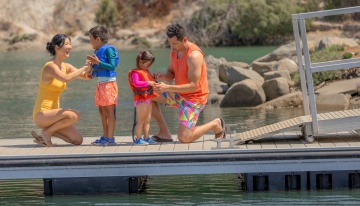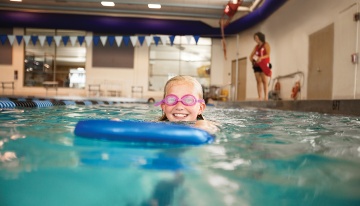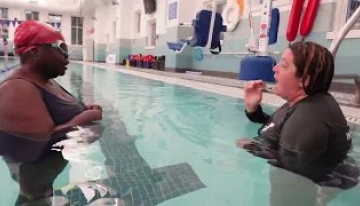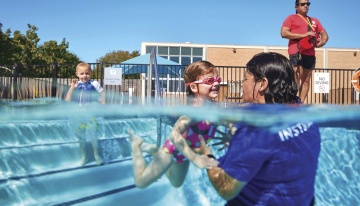intro
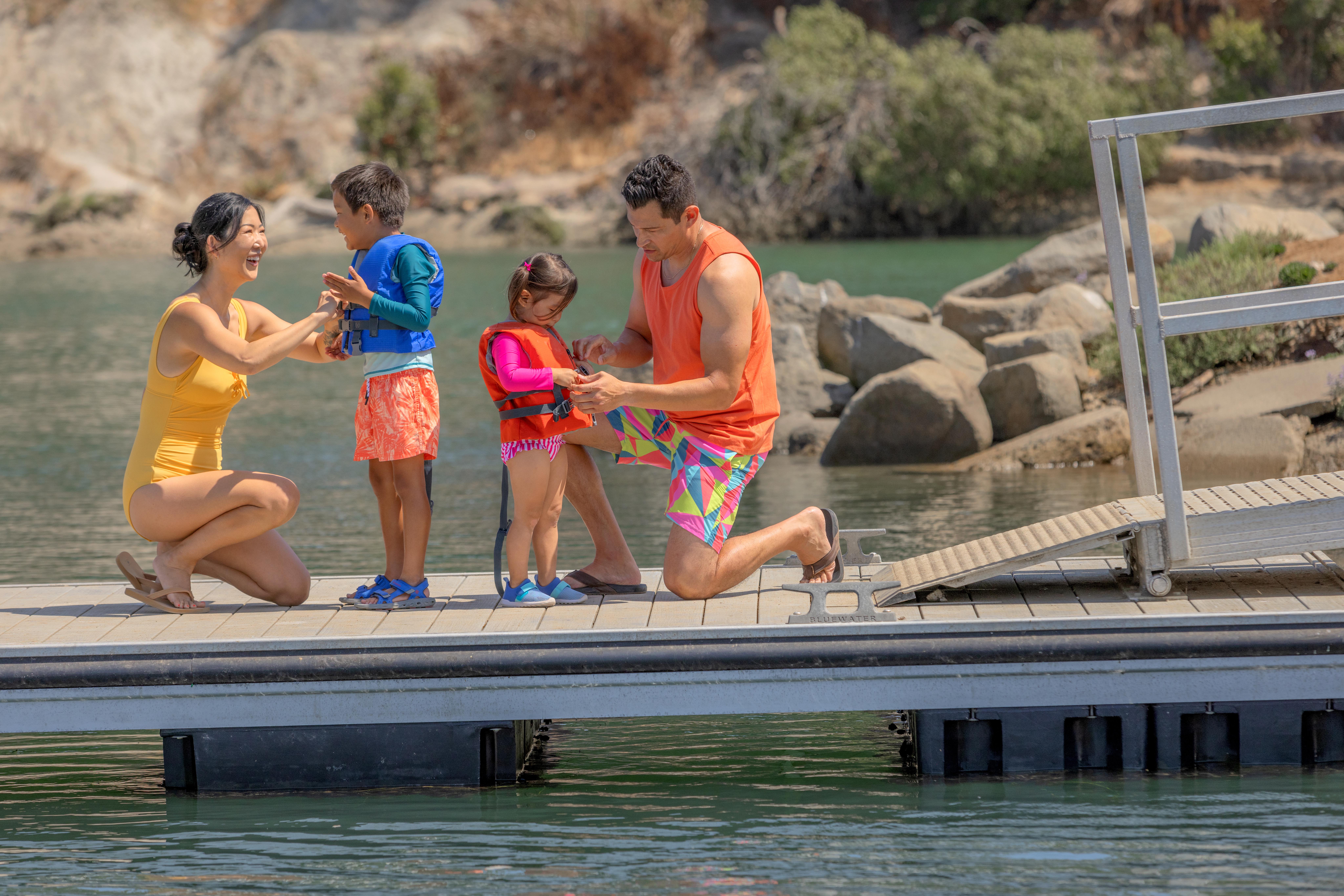
For many families, summer vacations include trips to beaches, stays at lakeside cottages, or overnights along riverfront campgrounds. And it makes sense: 71% of the Earth’s surface is covered in water! Whether it’s enjoying a leisurely swim, engaging in recreational activities like snorkeling and waterskiing, steering a boat, or simply staying cool in the sweltering heat, having access to water is a tempting summer vacation choice.
However, with the fun and relaxation that water offers, safety must always come first. Drowning remains one of the leading causes of unintentional injury and death, especially for children. While many water safety tips apply to both pools as well as natural or manmade bodies of water––such as oceans, rivers, lakes, reservoirs, canals, and more––there are some special considerations to keep in mind when enjoying open water activities. Here are some essential tips from YMCA water safety experts:
- Supervision: Never leave your child unsupervised near water in the home or around any body of water, including lakes, rivers, oceans, or swimming pools of any size or depth. And beware of distractions, like phones, tablets, books, and more; according to the National Drowning Prevention Alliance, 88% of child drownings occur with at least one adult present. That’s why the Y is asking parents and caregivers to take special care and power down when they are watching children near or around water.
- Swim in designated areas: Only swim in areas designated for swimming and preferably where a lifeguard is present. These areas are carefully chosen to avoid potentially invisible or unexpected dangers and hazards such as steep or sudden drop-offs, strong currents, or poor visibility in murky water. Designated areas are typically selected to ensure the water remains clean and free of pollutants or harmful substances.
- Learn CPR and First Aid: Knowing cardiopulmonary resuscitation (CPR) can be lifesaving in emergencies, even if lifeguards are present. Having the skills to respond effectively to water-related emergencies like drowning or cardiac arrest, or incidents such as slips and falls, could potentially save lives.
- Wear lifejackets: All children and adults should wear U.S. Coast Guard-approved life jackets when on boats or near open water.
- Teach water safety: Ensure your family knows how to swim, take swimming lessons, and educate children about the dangers of open water. Contact your local Y to find a Safety Around Water program near you.
- Check weather conditions: Avoid swimming in cold or rough water and pay careful attention to warnings or conditions like strong currents, large waves, and riptides. If the weather changes rapidly, as it often does during the summer––like those late afternoon thunderstorms––swim back to shore or exit the water since it is unsafe to swim during storms with thunder and lightning.
- Never swim alone: If you are headed out for a swim, always swim with a friend or family member, even if there will be a lifeguard present. Swimming with a buddy means there is someone there who can help in case of an emergency––even the strongest swimmers can become fatigued or distressed while out for a swim. Plus, swimming with a friend is usually more fun!
- Keep within arm’s reach: For children and inexperienced or non-swimmers, always stay within arm’s reach of an adult who can quickly intervene and offer help if the swimmer becomes distressed or encounters trouble. Remember, drowning can happen quickly and silently.


